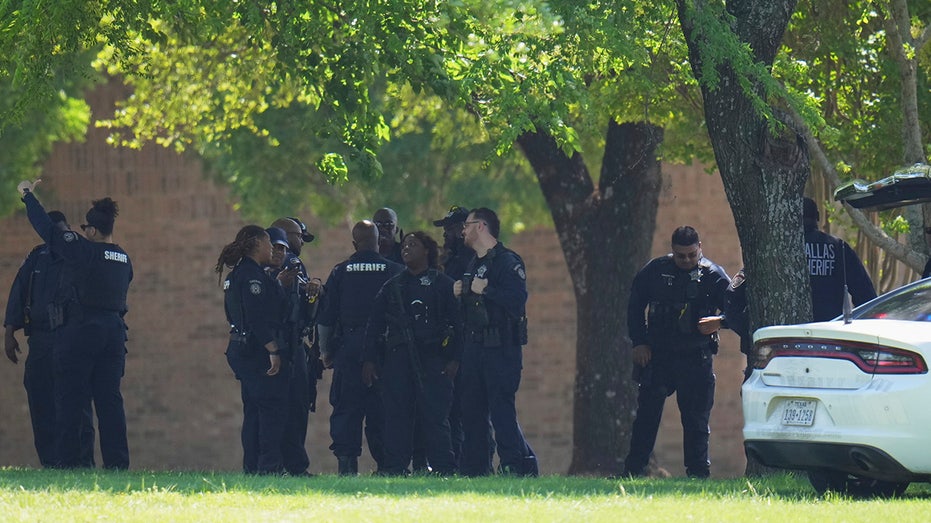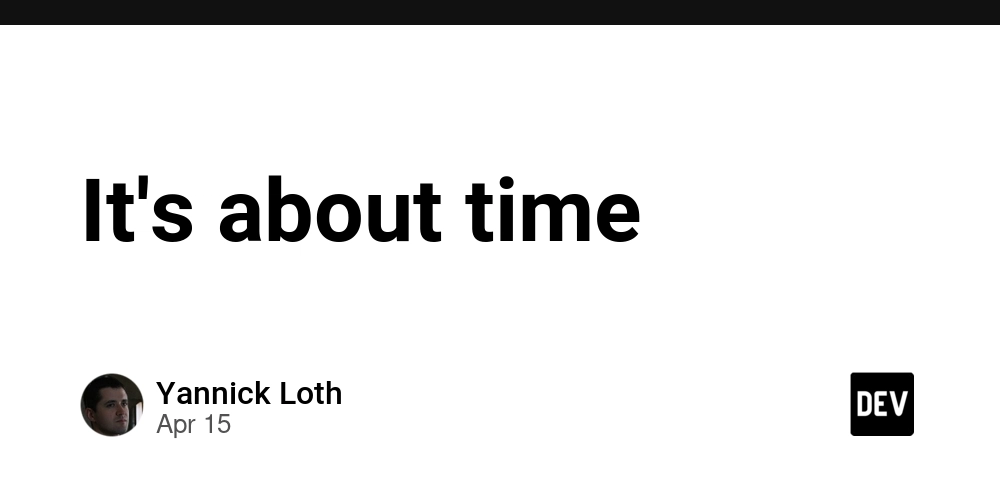‘Mortal Kombat 3’ Remains a Crossroads Title for the Series
Midway was riding high on Mortal Kombat and Mortal Kombat II by the mid 90s, with more success on the way with a film adaptation set to release in July 1995. However, even before that, creators Ed Boon and John Tobias were prepping for the release of the series’ third entry with Mortal Kombat 3, […] The post ‘Mortal Kombat 3’ Remains a Crossroads Title for the Series appeared first on Bloody Disgusting!.

Midway was riding high on Mortal Kombat and Mortal Kombat II by the mid 90s, with more success on the way with a film adaptation set to release in July 1995. However, even before that, creators Ed Boon and John Tobias were prepping for the release of the series’ third entry with Mortal Kombat 3, which once again was aiming to take the series further. Couple that with a massive promotional campaign, Mortal Kombat 3 seemed like a sure-fire success, which it was. However, along with the success, the cracks were also starting to show for the franchise from a technical standpoint, and from some bizarre decisions for the game itself.
Outworld ruler Shao Kahn, frustrated with losses in the Outworld tournament, decides to enact a 10,000-year-old plan. Khan’s Shadow Priests, led by Shang Tsung, revive his former Queen Sindel, who unexpectedly died at a young age. Instead of being revived in the Outworld, Sindel is reincarnated in Earthrealm, allowing Shao Kahn to cross dimensions to reclaim his queen. As a result, Earthrealm becomes a part of Outworld, with all living beings having their souls taken by Khan. However, there are a few souls with Khan cannot claim, as they are protected by Raiden. The Thunder God tells these warriors that Shao Kahn must be stopped, but due to his status, he cannot interfere, as he has no power in Outworld, and Earthrealm is partially merged with Outworld.

Screenshots provided by MobyGames.
Mortal Kombat 3 began development at a time when the industry was starting the transition to 3D. Indeed, polygon-based fighters such as Virtua Fighter were already out in the arcades, and the Sony PlayStation and Sega Saturn had already demonstrated to the console crowd what was possible in this new era. The MK3 team initially thought of moving the series to 3D, but given the infancy of the technology, they opted to stick with digitized actors. Some of the backgrounds, however, have pre-rendered 3D elements a la games like Donkey Kong Country.
Speaking of the actors, due to royalty disputes, almost none of the actors from the previous two entries returned for MK3. This included Ho Sung Pak (Liu Kang), Katalin Zamiar (Kitana, Mileena, Jade), Elizabeth Malecki (Sonya), Philip Ahn M.D. (Shang Tsung) and Daniel Pesina (Scorpion, Sub-Zero, Reptile, Smoke, Noob Saibot, Johnny Cage). Of those characters, only Liu Kang, Sonya, Shang Tsung and Sub-Zero returned. To fill out the roster, fans were introduced to palette-swapped cyber ninjas Sektor and Cyrax (MKII ninja Smoke is also here as a hidden character); Stryker, a riot cop; the aforementioned Sindel; a survivor of Khan’s extermination squads in Kabal; Nightwolf, a historian and shaman of his tribe; and Sheeva, a female Shokan fighter from original MK boss Goro’s race. Also returning were Kano (missing as a playable character in MKII), Jax (now with cybernetic arms) and Kung Lao.

Gameplay-wise, Mortal Kombat 3 switches things up from Mortal Kombat II on several fronts. For one, players can now select their difficulty between towers of opponents, where prior to starting the game, you select a tower that increases the number of fighters you face. Prior to starting a match, players can also input Kombat Kodes to add modifiers to a match, such as disabling blocking or throws. Matches are faster-paced, thanks to the addition of the Run button (and corresponding Run Meter), which addressed the feeling that defensive players were given too much of an advantage. A chain combo system was added that allowed players to perform pre-defined combo strings instead of the previous game’s method of stringing move sets together (though you can still do that). You can also now perform “Mercies” in the third round of each match, giving the losing player one more chance to win with a sliver of health. This in turn also allowed for a new type of Finisher to be performed called an Animality, which were originally rumoured to be in Mortal Kombat II, thanks to Liu Kang’s dragon transformation Fatality.
And yes, there are plenty of Finishers in this third entry. Along with the two Fatalities per character and the returning Friendships, Babalities and Stage Fatalities, there’s the addition of the aforementioned Animalities. Understandably, these new Finishers are on the goofy side, but that really can be said of a lot of the Fatalities in this game. There are a few cool standouts, such as Shang Tsung’s Soul Steal or Sindel’s Scream of Death, but there are also some pretty weak ones. Liu Kang summoning a Mortal Kombat arcade machine to drop on his opponent? Jax becoming a giant to squash someone? It’s a pretty weak payoff, particularly when compared to the vast majority of Mortal Kombat II‘s Fatalities.

Really, the game’s Finishers can best be described as more on the goofy side. Yes, the Friendships are supposed to be light-hearted and a joke, but some of them just veer into being lame in concept. Sub-Zero building a snowman around himself is funny, but Sonya waving her arms around with the “woosh” sound effects and Sektor doing the Charleston scream low effort. The silliness of the Finishing Moves isn’t helped by the plethora of severed limbs and multiple skulls that fly out on the more explosive Fatalities, or the ones where the character is sliced up and it’s basically the sprite cut into sections, with the hands stuck floating in the air.
It’s these sorts of things that represent part of the mixed bag view of Mortal Kombat 3. On one hand, there’s more polish, but on the other, there’s also more laziness. Gone are the cool ninjas (including most glaringly, fan-favourite Scorpion) and the mystic locales of Outworld. In their place, we have cyborgs that are dressed in dirt bike gear fighting in a generic North American city. It also didn’t help that some of the new characters (such as Stryker) were pretty lame. The new combo system didn’t really reward players who experimented with more involved manual combos. Instead, the “dial-a-combo” system rewarded players with more damage for a short combo string. The AI was also notorious in its difficulty, with the scaling much more noticeable than in Mortal Kombat II.

Upon release, Midway once again pulled out all the stops, earning Mortal Kombat 3 the Guinness World Record for the “largest promotional campaign for a video game” for a time. That included a live tour, a making-of VHS (two, actually) that you could rent from Blockbuster, and the cartoon series “Mortal Kombat: Defenders of the Realm“. Ads taken in magazines also included the aforementioned Kombat Kodes, but wisely included no description of what they actually did.
Despite MK3‘s initial positive reception, fans and reviewers took note of the game’s shortcomings, and it became obvious that Midway had to do something. That “something” was pulling a Capcom in November of 1995 and releasing Ultimate Mortal Kombat 3, an update to the original game. Unfortunately, UMK3 debuted in arcades around the same time as the home ports for Mortal Kombat 3 were released. Ouch.
Frustrating release aside, UMK3 righted many of the wrongs of its predecessor, including fixing up character combos and moves that were clearly broken (Kabal’s dash move and Sub-Zero’s ice clone, for example), adding in new moves for certain characters, returning characters that were sorely missed in the previous game (Kitana, Mileena, Scorpion, Jade and Reptile) as well as a bunch of hidden characters that went back to the palette-swapped ninjas trope with Rain, Ermac and Noob Saibot being added as hidden characters, along with classic ninja versions of Sub-Zero and Smoke. Endurance rounds also made a comeback, as well as new 2-on-2 and 8-player tournament modes.

Despite the update, Ultimate Mortal Kombat 3 still had the scattered tone of the previous game in its Finishers, with Scorpion becoming a penguin and laying an explosive egg as his Animality, for example. The AI was also again unfair in its difficulty scaling, and even more so this time. It also had other issues. Namely, players could walk back and forth from outside sweep distance to keep the AI mimicking their movement the whole round until time ran out. However, as Mortal Kombat II was the genesis of Animalities, UMK3 did hint at what was to come in Mortal Kombat 4, thanks to Scorpion’s use of an axe in his combos.
Ultimate Mortal Kombat 3 was also given a port to home consoles, with the 16-bit consoles having to sacrifice a few things, namely character voices, Sheeva, Animalities and the MK3 stages. However, Noob and Rain were added as playable hidden characters, with Ermac, Mileena and Classic Sub-Zero playable without codes. Animalities were replaced with Brutalities, which were UMK3‘s version of Killer Instinct’s Ultra combos that resulted in your opponent exploding after the final hit.
Looking back, there’s more love for Ultimate Mortal Kombat 3 than the plain vanilla version, even though both games share common issues. The slicker presentation and new gameplay mechanics are offset by the shift in tone from the seriousness of MKII, as well as the shortcuts taken in certain areas. The Ultimate upgrade does redeem itself with its fixes and, well, more of everything for the fans. It’s also definitely still worth playing for fans of the series, and can be found in the Mortal Kombat Arcade Kollection for PlayStation 3 and Xbox 360.
The post ‘Mortal Kombat 3’ Remains a Crossroads Title for the Series appeared first on Bloody Disgusting!.




























































